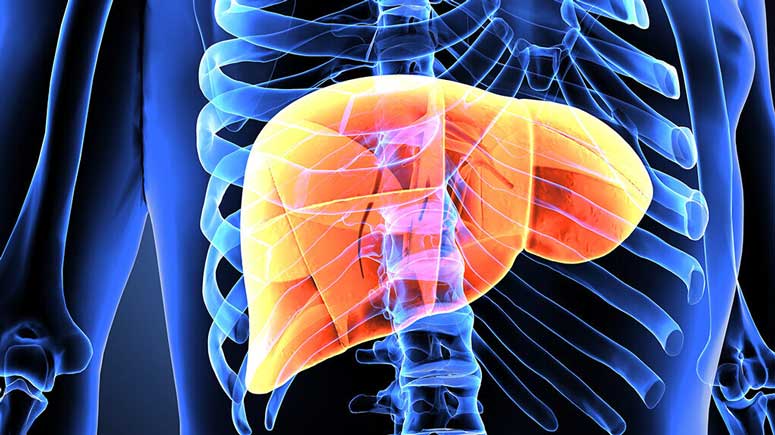Overview

The liver is the largest solid organ inside the human body, weighing on average about 1.5 kilograms. It sits just under the rib cage on the right side of the abdomen. Helps the body digest food, store energy, and flushes out harmful substances. This organ plays an important role [1] in many bodily functions from protein production and blood clotting to cholesterol, glucose or sugar, and iron metabolism.
The liver is also the largest gland [2] inside the human body. The organ is made up of two different types of the gland.
- It is a secretory gland because it has a specialized structure that is designed to allow it to make and secrete bile into the bile ducts. Bile is a fluid that both aids in digestion and absorption of fats as well as carries waste products into the intestine.
- It is also an endocrine gland because it makes and secretes chemicals directly into the blood that support other organs inside the human body. The liver also serves to eliminate harmful biochemical waste products and detoxify alcohol, certain drugs, and environmental toxins.
Liver disease is a broad terminology that can describe any issue that damages the organ and affects its function. Possible causes include infections, genetic conditions, auto-immune disorders, and even cancer. If left untreated, the disease can deteriorate such that it affects the organ’s ability to function, and can eventually lead to death.
This illness can be inherited (genetic) [3]. Liver problems can also be caused by a variety of factors that damage the organ, such as viruses, alcohol use, and obesity. This condition can be acute or chronic. Acute liver disease occurs when something suddenly affects the organ while chronic liver disease occurs when a condition continues to affect the organ for six or more months.
Here are some common signs and symptoms [4] of liver disease:













